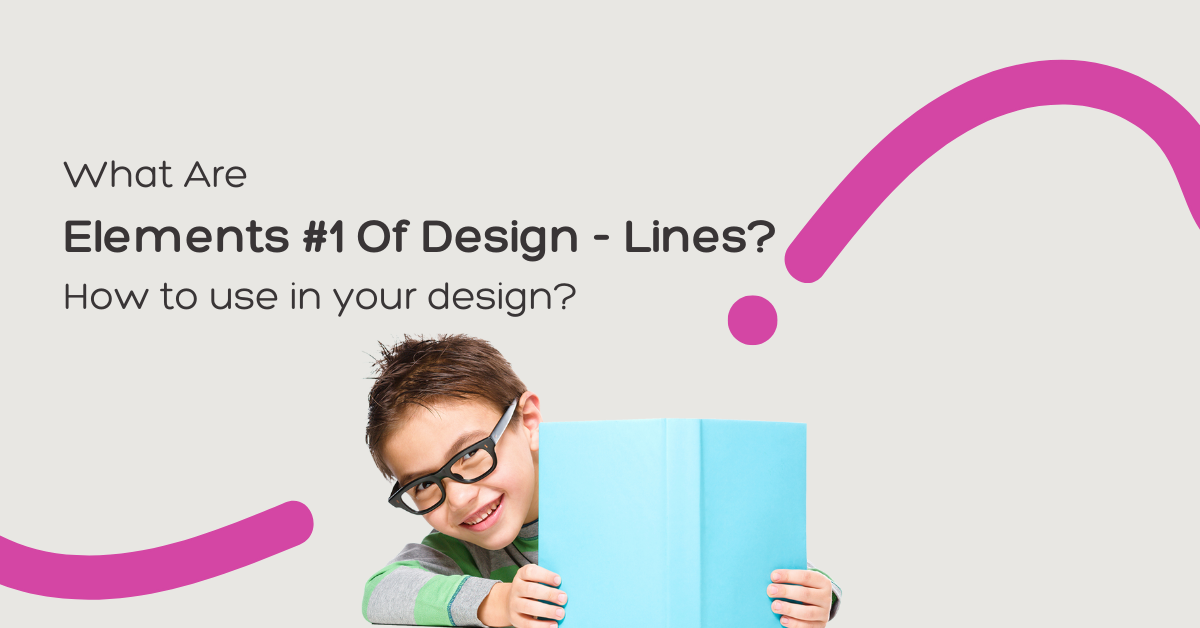Line is one of the basic elements of design. It is perhaps the most important and versatile of all the elements, as it can be used to create a variety of different effects. Line can be used to create movement, rhythm, and pattern, as well as to convey a sense of balance, proportion, and scale. It can be used to define shape and form, and can be used to add texture and interest to a design. Lines can be straight, curved, or irregular, and can be thick or thin. It can be used alone or in combination with other elements, and can be an effective tool for both positive and negative space.
1. Horizontal Lines
Horizontal lines are one of the most basic and versatile elements of design. They can be used to create a sense of stability, tranquillity, and orderliness. They can also be used to add visual interest, change the pacing of a design, or create a sense of movement. Horizontal lines are often used to create a sense of stability. This is because our eyes naturally follow the horizontal plane. When we see horizontal lines, we perceive them as being firmly grounded. This makes horizontal lines ideal for designs that convey a sense of calmness and tranquillity. Horizontal lines can also be used to add visual interest. This is because they tend to break up the negative space in a design. By adding horizontal lines, you can create a more complex and interesting composition. Finally, horizontal lines can be used to create a sense of movement. This is because our eyes are naturally drawn to objects that are moving horizontally. By using horizontal lines, you can create the illusion of movement in a design.
2. Vertical Lines
Vertical lines are used in many different ways in design. They can be used to create a sense of height or drama, or to simply add interest to a design. Vertical lines can be used to divide a space, to frame a view, or to lead the eye toward a focal point. In art, vertical lines are often used to create a sense of movement or to emphasize a particular area of the composition. In advertising, vertical lines are often used to draw attention to a product or service. In architecture, vertical lines are used to create a sense of scale and to add interest to a building. In interior design, vertical lines are used to create a sense of space and to divide a room into different areas.
3. Diagonal Lines
Diagonal lines are a type of line used in many different types of design. They can be used to create a sense of movement or dynamics, and can also be used to add interest to a design. Diagonal lines can be used to create a sense of depth, and can also be used to divide a space.
4. Arc
In design, an arc is a line that curves in a smooth, sweeping manner. Arcs can be used to create a sense of movement, energy, or tension in a design. They can also be used to add interest or contrast to a design. Arcs can be created using a variety of methods, including drawing, painting, or using computer-aided design (CAD) software.
5. Curves or waves
Curves are often used to create a sense of movement or flow, as they can lead the eye in a certain direction. They can also be used to add interest or contrast to a design. Waves can be used to create a sense of rhythm or movement, and can also be used to add interest or contrast. Just like the logo of Sportify.
6. Zigzags
Zigzag lines are one of the most versatile and commonly used elements in design. They can be used to create a variety of effects, from adding interest and texture to a design, to creating a sense of movement or rhythm. Zigzag lines can also be used to create a sense of balance or contrast, and can be used to connect or separate different elements in a design.
Conclusion
Lines are one of the most basic and important elements of design. They can be used to create shapes, add texture, and define space. Lines can be straight, curved, or zig-zag. They can be thick or thin, light or dark. Lines can be used alone or in combination with other elements too. Try combination with other elements to create interesting and eye-catching designs. Stay tuned for more elements of design blog~
Read more about Elements of Design here:

